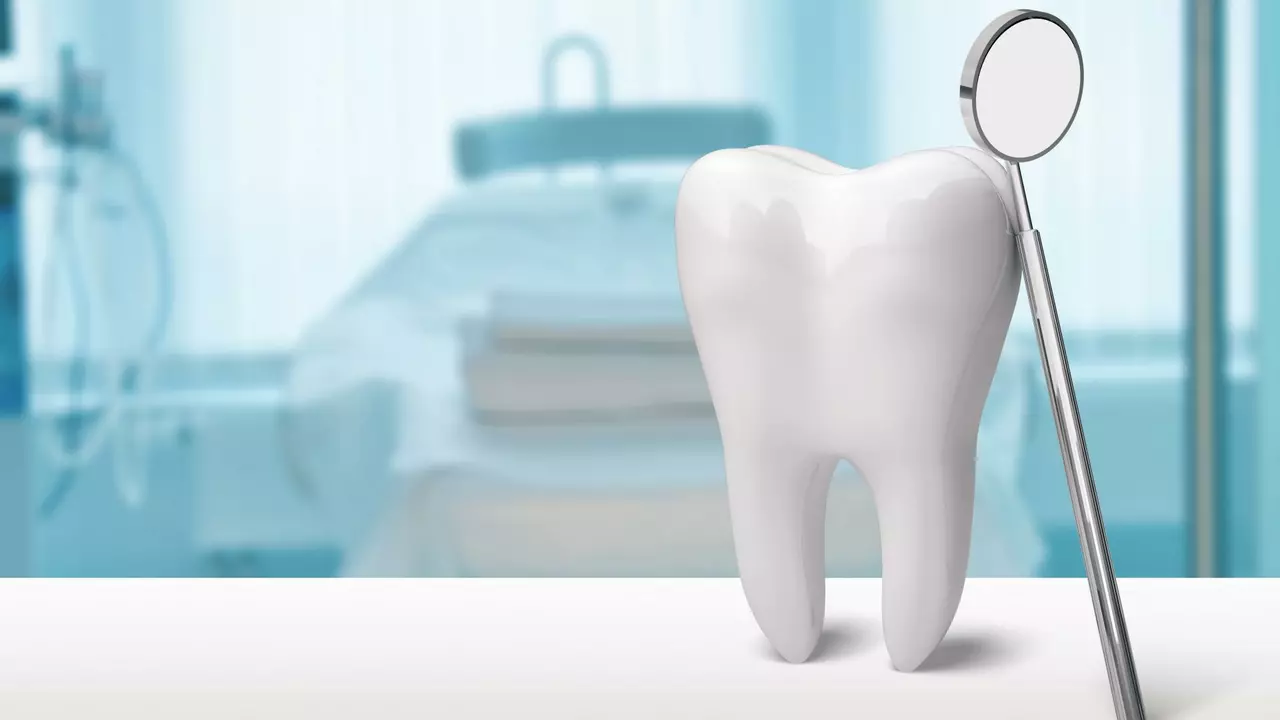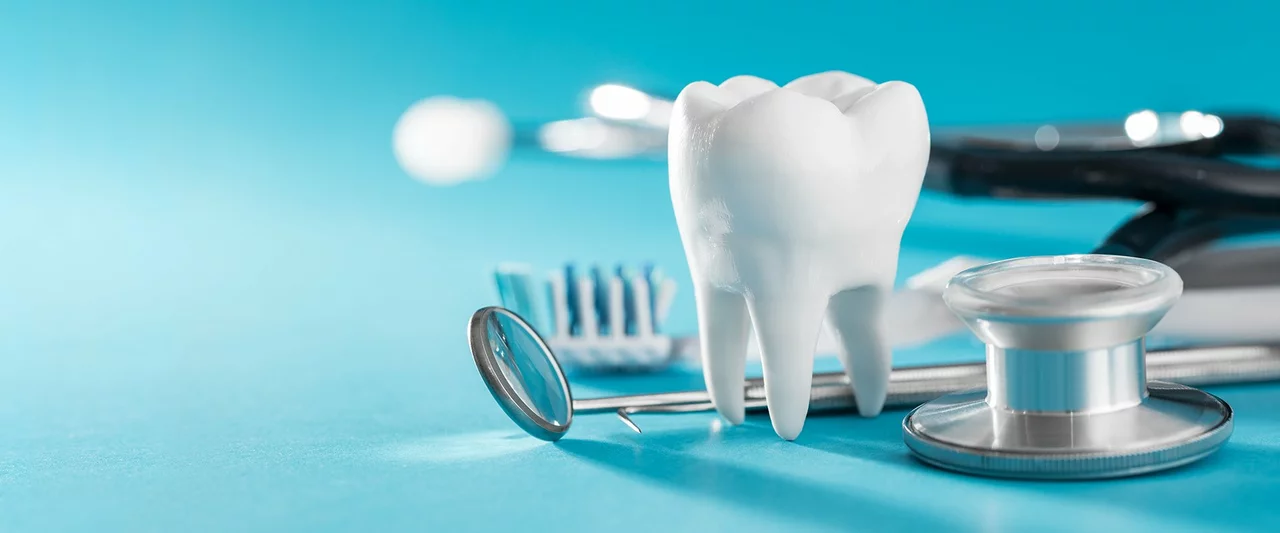Did you know most adults lose a tiny piece of enamel each year without even noticing? That tiny loss adds up, leading to cavities and gum problems. The good news is you can stop it with just a few easy habits.
First off, brush twice a day—but not like you’re scrubbing a pan. Use gentle circles for two minutes, covering every tooth surface. Replace your toothbrush every three months; worn bristles miss plaque and can damage gums.
Floss isn’t optional—it reaches the spots your brush can’t. If traditional floss feels tough, try floss picks or water flossers. A quick 30‑second floss session before bed makes a big difference.
Your diet matters more than you think. Sugar fuels bacteria that erode enamel, so cut back on sodas and candy. Swap sugary snacks for cheese, nuts, or crunchy veggies; they stimulate saliva, which naturally neutralizes acid.
Some people face extra challenges. Osteodystrophy, a disorder that messes with bone metabolism, can weaken the jawbone and make teeth more vulnerable. Regular dental check‑ups help catch early signs, and your dentist may suggest stronger fluoride treatments to protect enamel.
Calcium acetate is another hidden hero. Found in some dental products, it balances mouth acidity and helps rebuild minerals in teeth. Using a toothpaste or rinse with calcium acetate can boost remineralization, especially after acidic meals.
If you have a chronic condition like kidney disease, your doctor might already be monitoring calcium levels. Ask how calcium acetate fits into your oral care plan—it could reduce decay risk while supporting overall bone health.
Beyond products, stay on top of any medication that dries out your mouth. Dry saliva means less natural cleaning, so sip water often and consider a sugar‑free gum to stimulate flow.
Finally, don’t forget the power of routine visits. A dentist can spot early decay, check for bone loss linked to osteodystrophy, and recommend tailored fluoride or calcium treatments. Even if you feel fine, a six‑month check‑up keeps problems from sneaking up on you.
Keeping your teeth healthy isn’t a mystery—just consistent care, smart product choices like calcium acetate, and awareness of conditions that affect bone health. Follow these steps, and your smile will stay bright for years to come.

I recently came across the topic of osteodystrophy and its effects on dental health, which I found quite intriguing. Osteodystrophy is a condition that affects bone metabolism and can have a significant impact on our teeth and gums. It is important for us to understand the link between these two aspects of our health, as it can help us take better care of our oral hygiene. In my research, I discovered that proper dental care and regular check-ups are crucial in managing this condition. I'll be sharing more information on this topic in my upcoming blog post, so stay tuned!

As a dental health enthusiast, I recently learned about the fascinating connection between calcium acetate and dental health. Calcium acetate, a compound found in some dental products, helps to combat tooth decay and promote healthy gums. It works by neutralizing the acids in our mouth, which are responsible for breaking down tooth enamel. Additionally, calcium acetate aids in remineralizing our teeth, making them stronger and more resistant to cavities. Incorporating dental products containing calcium acetate into our oral hygiene routine can significantly improve our overall dental health.
A side‑by‑side comparison of Nasonex with top nasal sprays, covering efficacy, onset, cost, and best‑use scenarios to help you choose the right allergy spray.
Beta-blockers and calcium channel blockers can be safely combined for high blood pressure and angina - but only if the right type of calcium channel blocker is used. Verapamil and diltiazem pose serious heart risks when paired with beta-blockers.
Learn how to purchase affordable generic atenolol online while staying safe. Get tips on spotting reputable pharmacies, price comparisons, and avoiding counterfeits.
Statins are safe and beneficial for people with liver disease, reducing heart attack risk and improving liver outcomes. Learn why doctors should prescribe them-and why patients need to ask.
High potassium from common heart and kidney meds can trigger life-threatening heart rhythms. Learn how medications cause hyperkalemia, the silent warning signs, and how new treatments let you stay on life-saving drugs safely.